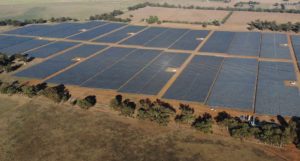At the end of 2021, 31 states and the District of Columbia had adopted renewable portfolio standards (RPS) or clean energy standards (CES). Both require electricity suppliers to meet a set share of their electricity from designated renewable resources or carbon-free eligible technologies.
While the standards come in all forms and flavors, their general intent is to encourage additional investments in renewable energy resources by creating increased demand.
In 2021, Delaware, Oregon, North Carolina, and Illinois updated their RPS or CES policies while Nebraska became the 20th state to commit to 100% clean electricity by 2050 or earlier.
According to the Energy Information Administration (EIA), states with legally binding RPS collectively accounted for 67% of total electricity retail sales in the US in 2020. Among the 31, seven states have nonbinding or aspirational goals.
States use terms such as carbon-free, carbon-neutral, renewables, or clean energy to define their RPS or CES policies with the definitions varying from one state to another. Some have set-asides, such as x% of the total must come from solar, while others do not.
These provisions are generally intended to encourage certain technologies that might not otherwise be popular to be considered in the renewable mix.
Some states include nuclear energy &/or natural gas fitted with carbon-capture and sequestration (CCS) technology to count toward the state’s policy target while others do not.
In some states such as California, large hydro – while renewable – is excluded because of concerns for its environmental side-effects. In the case of California, it may be a moot point since the state is getting drier and has few remaining rivers to be dammed anyway.
This article was originally published as part of the EEnergy Informa March Newsletter. Republished here with permission of the author.











